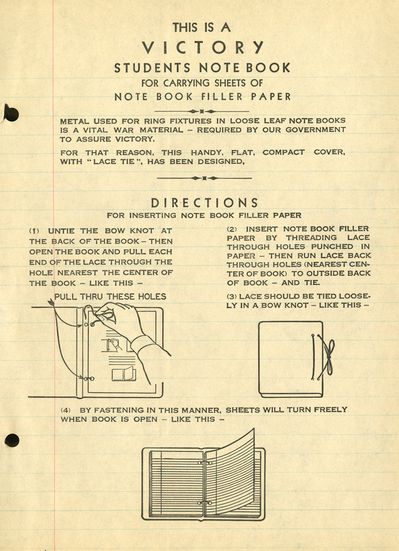As promised, here I am, ready to talk about the process of creating an exhibit. With the exciting and very daunting task of taking overwhelming amounts of exciting material and finding about 100 pieces total to fit in 8 glass cases, the most important thing to do is to take the process one step at a time. This meant, for me, making a general timeline of my 4 months ahead of me, and what stage I should be at by each point. For example, I knew that the exhibit would be installed in early April, which meant that I should have all of my captions written in the week previous, and working backwards from there, that meant I should have all of my items chosen and organized by the third week in March. This left me with about 8 weeks of research. But where to begin with that?
My first step in any research project, whether exhibit or thesis, is to start with the broader picture. Starting research can often feel like diving into a pool, being thrown into unfamiliar waters with no sense of perspective until you come up for air and look around. While diving in can certainly be exciting, it often gets me off-track very quickly. With this project, I had the massive pool of the Philbrick Collection of Letters and Theatre to swim in. The collection accounts for a quarter of the first floor of the Special Collections Library at Honnold/Mudd, not including the materials in the Philbrick Art Collection, which has boxes upon boxes of costume designs, posters and other mixed media. While I was going through the boxes that were given to me to catalog – namely boxes full of materials on Victorian actors Henry Irving and Ellen Terry – I began to get a sense of what kind of focus this collection had.
In general, I recognized that the Philbrick Collection centers around people, and networks of people particularly in the 19th and 20th century. Irving and Terry in particular were an epicenter of connections to many other famous British figures of the time, including Bram Stoker, who wrote Dracula. Theatre really served as the center of entertainment and creativity, and was a physical place in which people could gather and meet, and eventually form friendships and partnerships. It was these networks of people, I came to realize, that were responsible for continuing to produce Shakespeare.
Shakespeare’s name would appear amongst the playbills and programs for other works, and in articles about Victorian actors including Charles Kean, Terry and Irving. I knew that I could continue to look for materials about Terry and Irving’s roles in producing and performing Victorian Shakespeare, but the question remained for the rest of my research: who was responsible for producing and performing Shakespeare in the 18th and 20th centuries, and were these people present in the Philbrick Collection? Who were they, and what kind of influence did they have on British, and as it would turn out, American theatre?
Tune in soon to find out!

